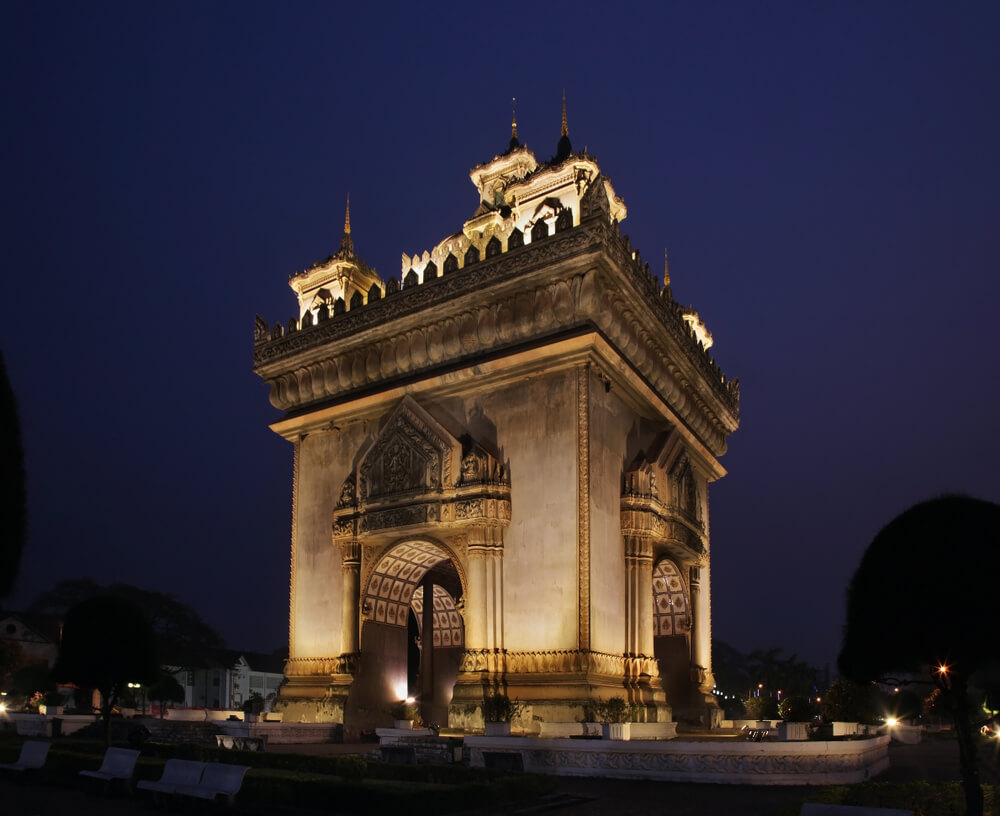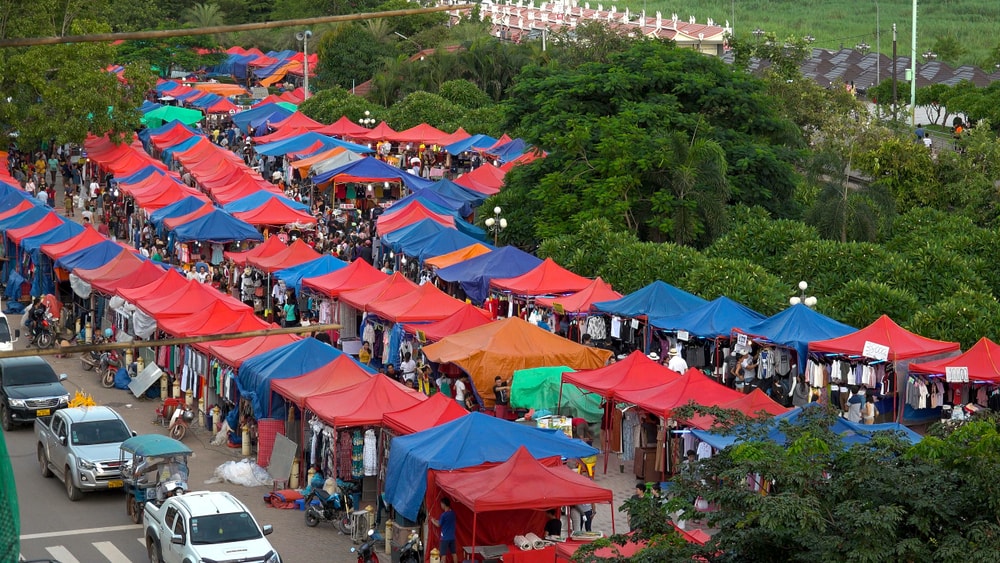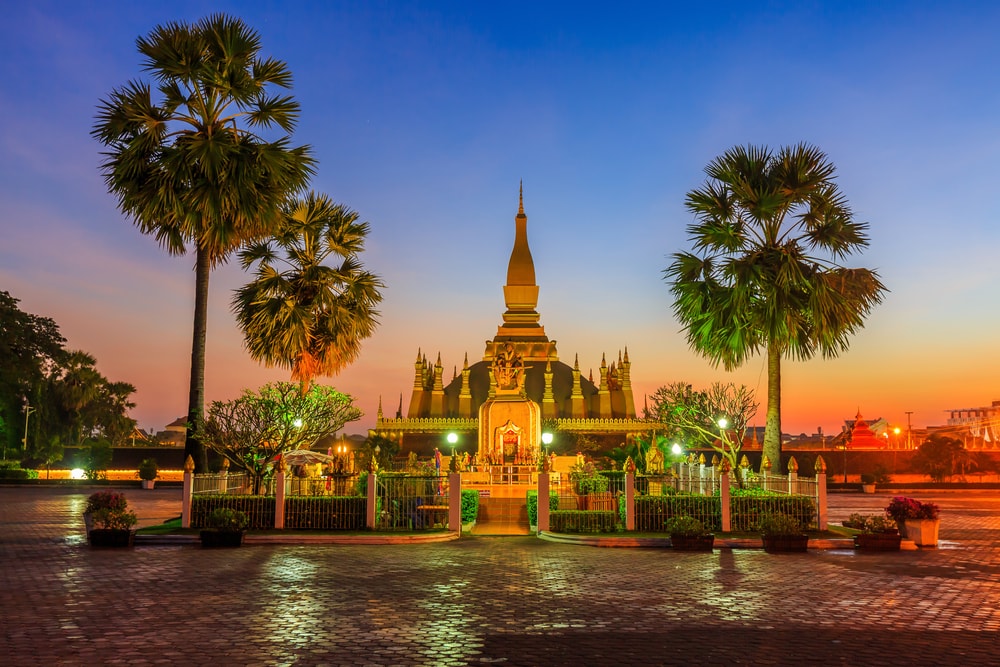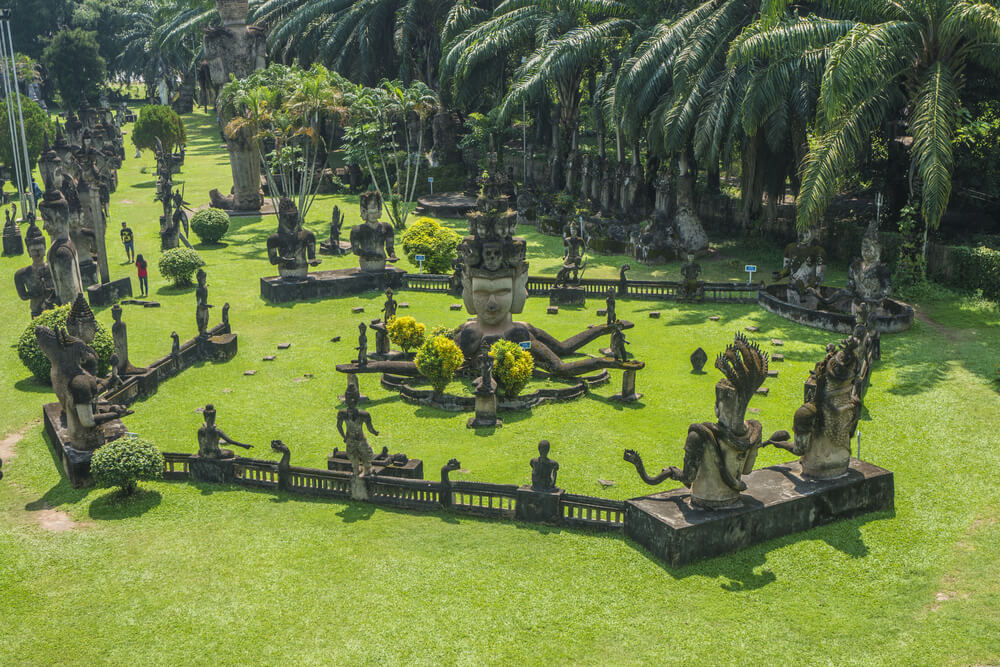Things to Do in Vientiane
There are a lot of things to do in Vientiane, Laos; just ask the concierge desk at the Crowne Plaza Vientiane hotel. They can point out some of the major attractions and even arrange a sightseeing trip that will show you the wonders and monuments of the city.
Just remember to take along a camera, plenty of sunscreen and some water with you. While your driving to the various sights, be sure to look for the beautiful French-colonial architecture that’s located all around the city, it truly defines the charm and beauty of Vientiane.
But here’s a list of 5 of the most popular sites to see in and around the city. Some of them are old, and some of them date back only within the 20th century, but they all serve as both serious and whimsical benchmarks in the history of Laos.
Buddha Park
While the admittedly strange and quirky statues in this park may look ancient, they actually were created beginning in 1958 and are the work of one man working with a crew of labourers. The park was the vision of an artist and priest-shaman named Luang Pu Bunleua Sulilat.
The highlights of the park include a giant pumpkin that contains three stories: hell, earth and heaven. Sightseers are invited to climb the internal staircase to reach heaven, where they are rewarded with a view of the entire park.
The other highlight among these sculptures of animals, demons, gods and humans is a 40-metre long reclining Buddha. The park’s statues represent a combination of both the Hindu and Buddhist religions.
Patuxai Victory Monument
This monument is one of the most visible landmarks in Vientiane and was built as a monument to the Lao people who died fighting for independence from the French and in every other war that Laos engaged in. Resembling Paris’s Arc de Triomphe, but with a certain Lao-style flair, the building materials for this monument have an interesting history as well.
It is said that the US government donated the concrete in the 60s to construct a runway and airport that US planes could use. The government took the concrete and instead used it to create the monument.
Visitors can climb to the top of the monument where they can look out over the city.

COPE Vientiane
This combination museum and physical rehab centre, which is run by an NGO, is a sobering reminder of the horrors of war. The US government conducted a ‘secret war’ in Laos that took place between the years 1964-1973, almost as long as the Vietnam War itself. During that war, the US dropped over 2.5 million tons of bombs and ordinance on Laos, much of it consisting of land-mines that killed and maimed the innocent civilian citizens of Laos.
Sadly, this ordinance remains a threat today. At COPE Vientiane, you’ll learn of the ongoing efforts to rid the country of this scourge of war, view documentaries about the war and be invited to try your hand at mine-clearing techniques.
Vientiane Night Market
This is a chance to stroll among the handicrafts and different foods of Laos, to taste what Laos eat on a regular basis and maybe find a souvenir that you can’t live without. The Vientiane Night Market comes to life along the shores of the Mekong every night after the sun goes down.
It’s here that you can find everything from beautiful hand-woven silk cloths made by hill tribe members, to a case for your iPhone. Everything under the sun is on offer at the night market. Nosh your way through the food stalls and enjoy the friendly local vendors and the view of the Mekong while you eat.

Pha That Luang
And last, but not least, one of the best things to do in Vientiane is visit Pha That Luang. This spectacular gold-covered Buddhist stupa towers over its immediate surroundings; it’s a dominant sight in the city. The image of That Luang is important to Laos and included in practically every tourism flyer and pamphlet on Vientiane. The stupa represents the Buddhist religion as well as the ancient kingdom in the 1500s that created it.
The grounds of the temple on which the That Luang stands is also the location of a 12th century, Khmer temple, making the site doubly important in the rich history of Laos. Visitors are welcome to stroll the manicured grounds of the temple, enjoy the gardens and chat with the monks who call the temple home.




